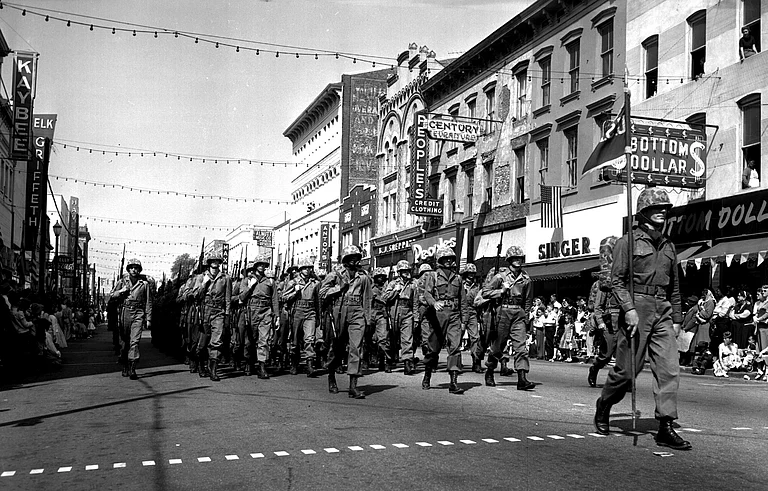Did you know that dressing entirely in green and consuming Guinness actually have no connection to the authentic Saint Patrick?
10 Surprising Facts About St. Patrick's Day That Will Change How You Celebrate Forever
Think you know everything about St. Patrick's Day? Think again. Prepare to have your perceptions challenged as we uncover 10 surprising facts about this celebrated holiday that will reshape how you view its traditions and history.
Even more astonishing? Saint Patrick isn't even his actual name. Here are 10 facts about St. Patrick's Day that will completely change your perspective.
Saint Patrick, despite being one of Ireland's most revered figures, was actually born around 390 in what is now England, Scotland, or Wales.
Legend has it that he was abducted and enslaved at the age of 16 and taken to Ireland. However, he managed to flee to a monastery in Gaul (modern-day France), where he embraced Christianity. It was there that he became a priest and later a bishop.
In 432, he returned to Ireland as a missionary, playing a pivotal role in the conversion of the Irish to Christianity. Following his passing, he was honored as Ireland's patron saint.
That's right—Maewyn Succat was his given name until he adopted the name Patrick upon becoming a bishop.
Contrary to popular belief, March 17 is not Saint Patrick's birthday. Instead, it marks the date of his passing in 461 AD.
Contrary to legend, there were no snakes for St. Patrick to banish from Ireland. The popular belief that he rid the island of serpents is contradicted by research, which suggests that snakes never inhabited Ireland due to its historical geological conditions, including ice coverage, and the absence of fossil evidence supporting their presence.
Contrary to popular belief, there is no evidence to support the notion that St. Patrick used the shamrock as a teaching aid for the Christian Holy Trinity (the Father, the Son, and the Holy Spirit).
Nevertheless, the number three held significance in Irish mythology, making it plausible that the shamrock became associated with the Holy Trinity, albeit perhaps not in a didactic manner.
Female leprechauns are nowhere to be found, and there's no documented evidence of their existence. Interestingly, leprechauns are categorized as part of the fairy family. According to some beliefs, leprechauns are the outcasts of the fairy community, expelled due to their mischievous nature, which may explain their often grouchy demeanor.
Contrary to popular belief, blue was historically associated with St. Patrick, while green was deemed unlucky. Despite blue's strong connection to Ireland, green emerged as the predominant color choice. This shift occurred due to green's association with Irish rebellions aimed at gaining independence from the English crown. As Irish immigrants settled in America, they embraced green as a symbol of pride for their homeland, further solidifying its association with St. Patrick's Day celebrations.
In Ireland, St. Patrick's Day was traditionally observed as a religious holiday throughout much of the 20th century, leading to the closure of all pubs on March 17. However, after it was declared a national holiday in 1970, this practice shifted, and pubs became a popular destination for celebrations.
It might surprise you but the iconic St. Patrick's Day meal of corned beef and cabbage is actually an American creation. While traditional Irish cuisine included ham and cabbage, corned beef gained popularity among Irish Americans as a more economical option, according to History.com.
And here's an interesting tidbit: Despite its name, corned beef contains no corn. Instead, the term "corned" refers to the large grains of salt historically used in the curing process of meats, known as "corns."
The first St. Patrick's Day parade occurred in America, not Ireland, debuting in New York City in 1762. With a growing influx of Irish immigrants to the United States, St. Patrick's Day swiftly evolved into a widely celebrated holiday.
Reportedly, the New York City parade typically draws around 150,000 participants annually, while approximately 2 million spectators gather to watch, according to Metro NY.

